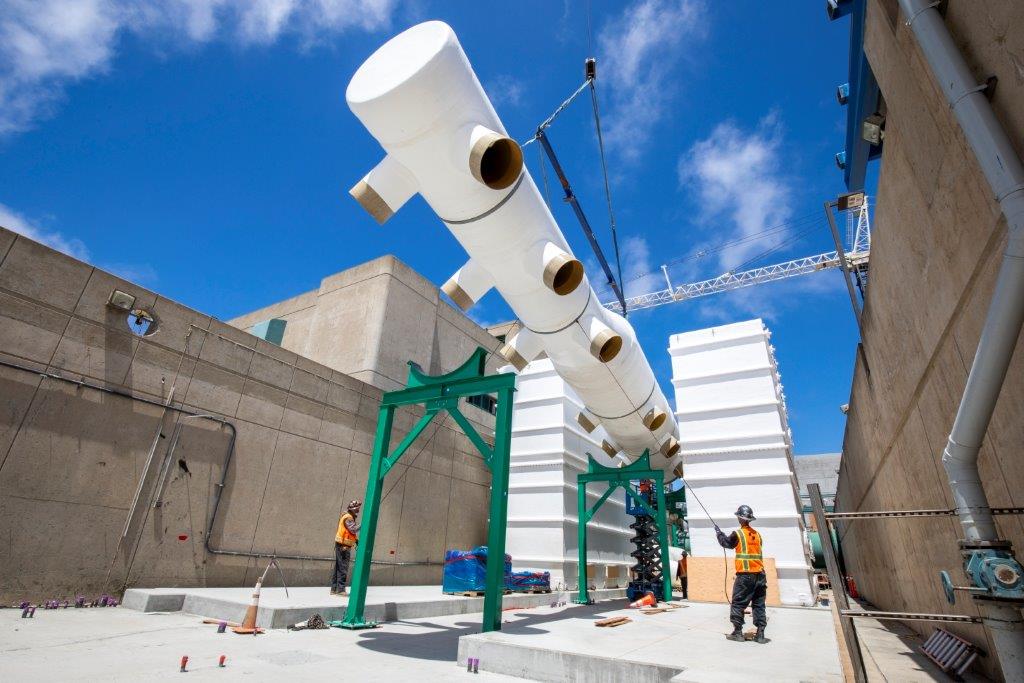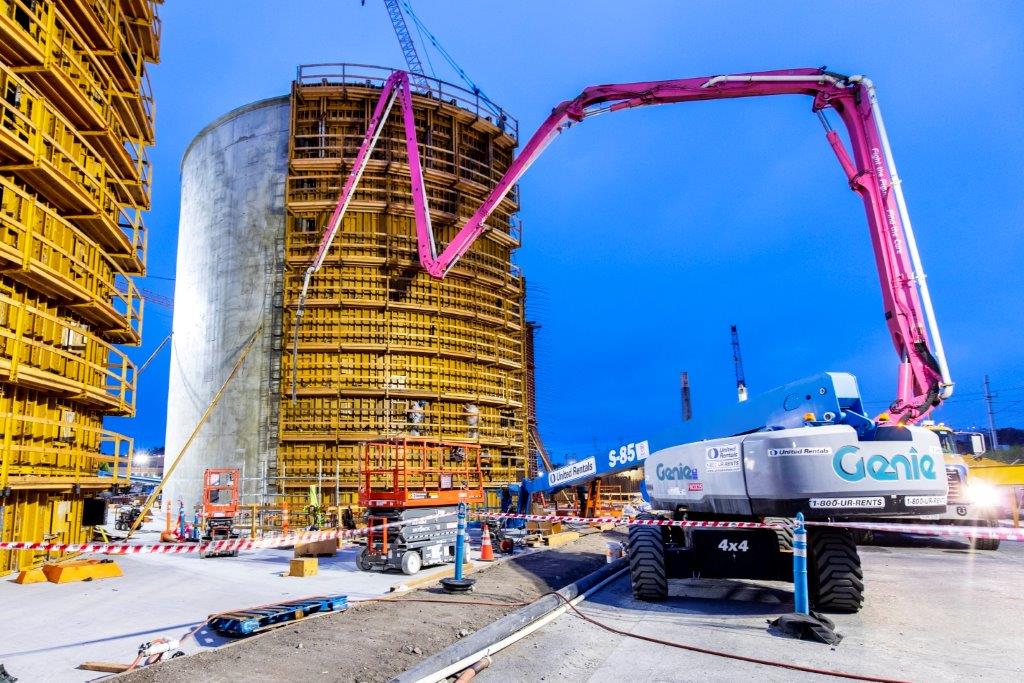San Francisco Southeast Water Pollution Control Plant – San Francisco, CA
Client

- San Francisco Public Utility Commission (SFPUC)
Project Value 
$4.2 Billion
Market

Energy And Environment, Water And Wastewater
Services

Program/Construction Management (PM/CM)
We are providing programmatic construction management (PCM) services at the San Francisco Public Utilities Commission’s (SFPUC’s) Southeast Water Pollution Control Plant (SEP).
As project construction manager, we ensure that project-specific construction teams conform to the SFPUC’s goals and requirements in accordance with the SSIP Construction Management Plan, safety approach, and procedures to allow for standardization, conformity, and consistency across all SEP projects.

Our Services
- Construction Management
- Construction Controls (Cost and Schedule) Management
- Construction Contracts Management
- Construction Risk Management
- Safety Management
- Environmental Compliance Services
- Public Outreach/Communications
- CMIS Implementation Support
- Constructability Reviews
- Supplier Quality Surveillance
Project Background
What Is The Southeast Water Pollution Control Plant (SEP)?
The SEP is one of three treatment plants in the City’s combined sewer system, which collects and treats 40 billion gallons of wastewater and stormwater annually. The SEP provides the wastewater treatment needs for nearly two-thirds of the City’s residents in the Bayside Watershed (east side of City) and receives 80% of the City’s total annual flow. While the SEP complies with all dry- and wet-weather discharge requirements, portions of the SEP are operating beyond their useful life and/or with outdated technology.
Updating The Southeast Water Pollution Control Plant (SEP)
State-of-the-art treatment facility upgrades at the SEP are part of the SFPUC’s $4.2 billion Sewer System Improvement Program (SSIP), a series of major capital improvement projects to be implemented over the next two decades. The proposed SSIP SEP treatment facility projects will provide the major improvements needed to ensure that the SEP maintains State and Federal permit compliance, operates reliably, and meets the SFPUC-endorsed SSIP Goals and levels of service. The proposed SSIP improvements at the SEP will address aging infrastructure, outdated technology, and neighborhood impacts and will provide sustainability, energy efficiency, and operational efficiency.
Proposed Projects At The Southeast Water Pollution Control Plant (SEP)
- SEP Biosolids Digester Facilities: This project includes the construction of new digestion and solids handling processes, which will replace existing, aged, and failing systems at the SEP. The existing facilities employ aging/outdated technologies for treatment, structural design, and odor control. The new facilities are proposed in the southeast area of San Francisco adjacent to the SEP. The project will include state-of-the art treatment processes producing biogas and Class A biosolids that can be reused for beneficial purposes. The proposed new replacement facilities will meet SSIP levels of service, optimize operations and maintenance demands, satisfy present and future seismic and structural requirements, and minimize odor and visual impacts of the new biosolids digester facilities on the surrounding community.
- SEP New Headworks (Grit) Replacement: This project involves the construction of a new all-weather 250 mgd headworks facility, consisting of state-of-the-art influent pumping, screening, grit removal, and odor control technologies. The project will include demolishing two existing antiquated headworks facilities and existing influent lift station. The new headworks facility will install coarse screens, fine screens with washer/compactor units, and high efficiency grit removal units. The new odor control system will be comprised of two-stage odor treatment to minimize the odor impacts. The project will also improve the visual aesthetics of the facility.
- SEP Primary and Secondary Clarifiers Upgrades: This project will upgrade the mechanical, structural, and electrical components at the primary and secondary sedimentation tanks (clarifiers) to address operational reliability and compliance with regulatory requirements for liquid treatment.
- SEP 521/522 and Disinfection Upgrades: This project includes upgrades to the Post-Chlorination Building, construction of a new building to house electrical and hydraulic controls, and replacement of valves and actuators in the chlorine contact channel and stoplogs at the effluent control structure.
- SEP Facility-Wide DCS Control Upgrades: This project addresses distributed control system (DCS) upgrades within the SEP, Oceanside Water Pollution Control Plant (OSP), North Point Wet Weather Facility (NPF), Channel Pump Station (CHS), Westside Pump Station (WSS), and Bruce Flynn Pump Station (BFS).
- SEP Seismic Reliability and Condition Assessment Improvements: This project addresses numerous seismic, conditional, and operational issues associated with the existing facilities before other program projects are completed.
- Existing SEP Digester Gas Handling Improvements: This project includes upgrades to the facility’s existing biosolids facilities to ensure functional operability until new biosolids facilities are placed into service.
- SEP Power Feed and Primary Switchgear Upgrades: This project includes upgrades to the SEP’s existing medium voltage power distribution system, installation of a new power feed to the SEP, construction of an upgraded main switchgear, and replacement of fifteen aging existing substations.
- SEP Oxygen Generation Plant 01: This project includes the demolition and replacement of the existing LOX facilities.

Delivery Models
The SFPUC has determined that both the headworks project and the biosolids projects will be procured and delivered using the construction manager/general contractor (CMGC) project delivery method. The remaining seven projects will be delivered using traditional design-bid-build (DBB). Opportunities to pre-purchased equipment were evaluated by our team to reduce project delivery times to meet or exceed program milestones.

